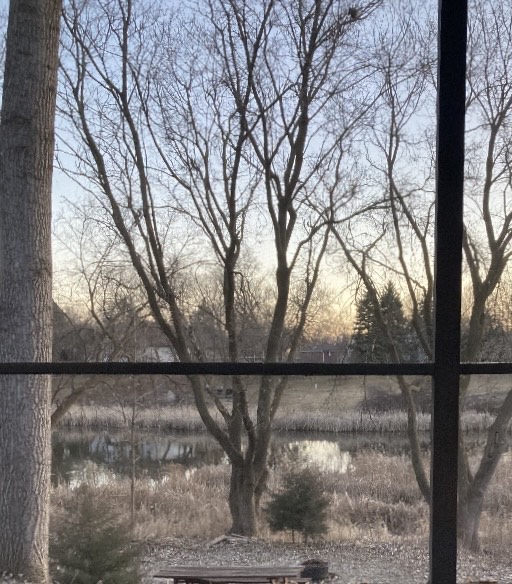Last Christmas, many expected a traditional cold and snowy winter, but instead they were met with temperatures exceeding 50 degrees. This unusual weather wasn’t just due to global warming, but also El Niño, the warming of surface weather in the eastern Pacific Ocean. El Niño is part of the broader climate phenomenon known as the El Niño-Southern Oscillation (ENSO).
El Niño is a weather phenomenon that happens due to changes in the Pacific trade winds. “Normally, Pacific trade winds blow to the west towards Asia. However, during an El Niño event, like we had this past winter, the warmer than average ocean temps and the ocean currents end up directing the trade winds back east instead,” said Allison Beardsley, science teacher. Minnesota experienced much less precipitation and mild temperatures this winter due to these warm air masses from the southern tropics.
El Niño isn’t something new; in fact, it was first recorded in 1578. This climate phenomenon occurs every two to seven years at irregular and unpredictable intervals. Although they have been around for centuries, the most impactful ones happened recently during the 1980s and 1990s, according to National Geographic. Though the relationship between climate change and El Niño hasn’t been completely confirmed, studies such as one by Nature Climate Change, which shows increasing events of extreme El Niño effects due to greenhouse warming, suggest that climate change could have an impact on El Niño.
The warm winter has had a large effect on the ecosystem. According to the Minnesota Department of Natural Resources (DNR), around 30% of the moose population in Minnesota died last year due to a winter tick infestation, one that would not have been possible without the early warming effects of El Niño. The ticks will live on the moose all winter until they hop off and lay their eggs into the soil during April. A majority of these ticks would then drown due to all of the snow on the ground, and their eggs would not hatch. But if there isn’t any snow by April and the ground is dry, then the ticks will thrive.
Lakes are freezing later and thawing earlier across the state because of El Niño. Due to this, algae is growing at a faster rate than before, sucking away oxygen within the lake and forcing the fish into smaller and smaller spaces, slowly killing them off. Ciscos, a small white fish that lives in the cold, deep water is a prime example. Half of their population has been lost in the past 30 years, according to the DNR, due to the effects of El Niño.
El Niño is the first part of the El Niño-Southern Oscillation cycle while La Niña is the second. “La Niña is the opposite [of El Niño], where the ocean currents run more strongly west, increasing the wind in the same direction as well,” said Beardsley. “During La Nina events, we’d see more of the ‘polar vortex’ air masses coming down from Canada and moving over Minnesota. This would cause our temperatures to drop more than usual, and we’d likely see a lot more precipitation in the form of snow that winter.” Currently, there is a watch for La Niña as historically, in extreme El Niño events, La Niña tends to follow. According to the National Weather Service Climate Protection Center, there are increasing possibilities of La Niña occurring between June and August of this year.
Neither of these events is inherently good or bad, but with the rising of ocean temperatures, there will be an increase in these events and likely more extreme versions. “We experienced El Niño this year, which is what caused our warmer, dryer winter. But while we experienced warmer weather, states to the south of us experienced an increase in precipitation and cooler temps than normal,” said Beardsley. El Niño had many effects on Minnesota as well as the rest of the U.S. in the 2023-2024 winter and will only continue to make a lasting impact on the environment.






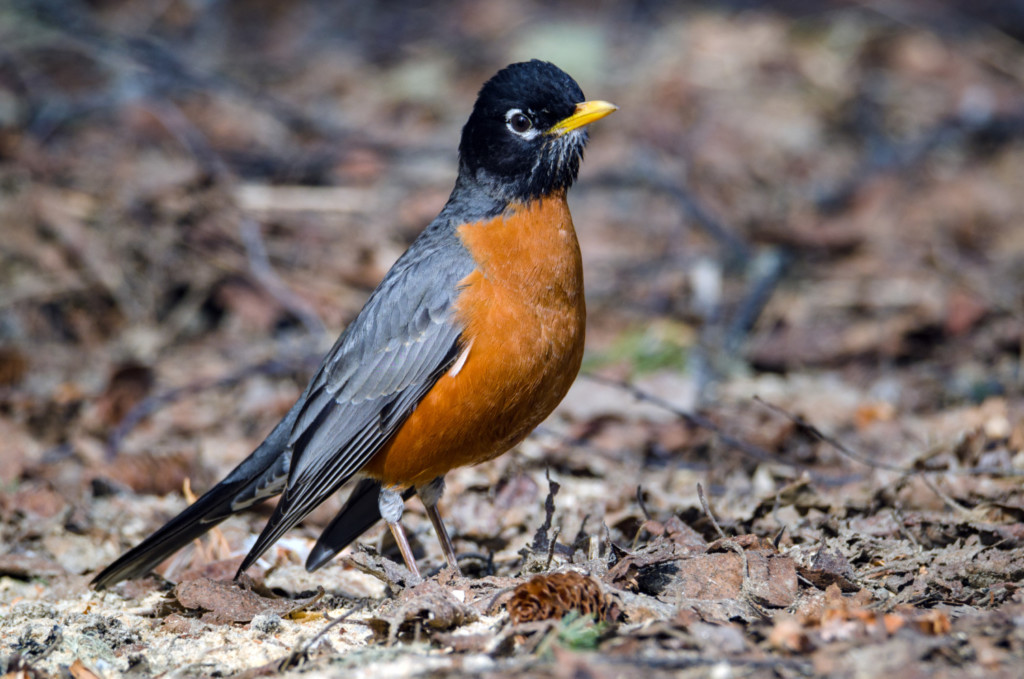
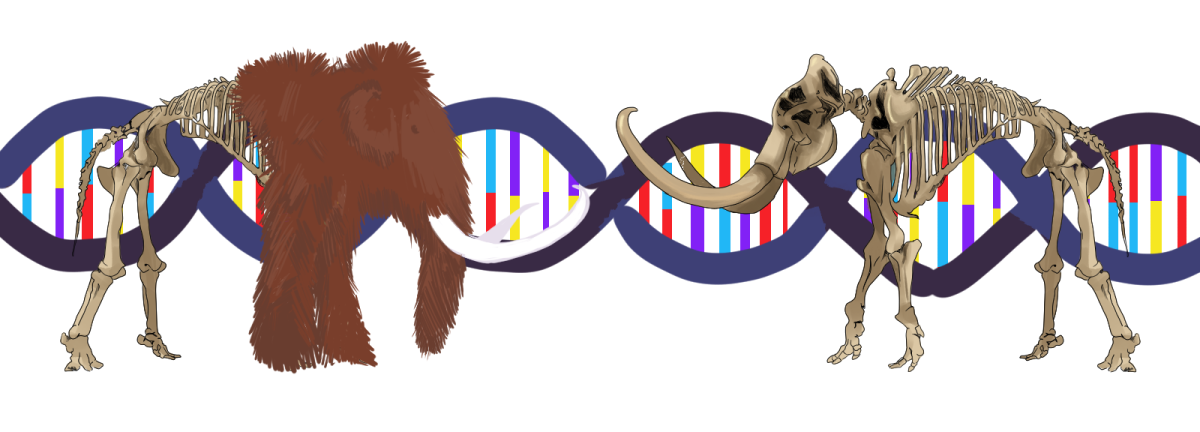






![[DEBATES] Prestigious colleges: value or hype?](https://www.mvviewer.org/wp-content/uploads/2024/12/buildings-1200x654.png)


















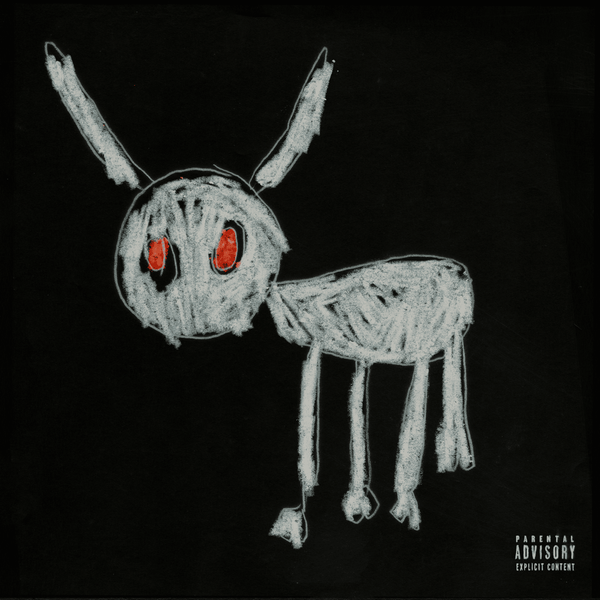









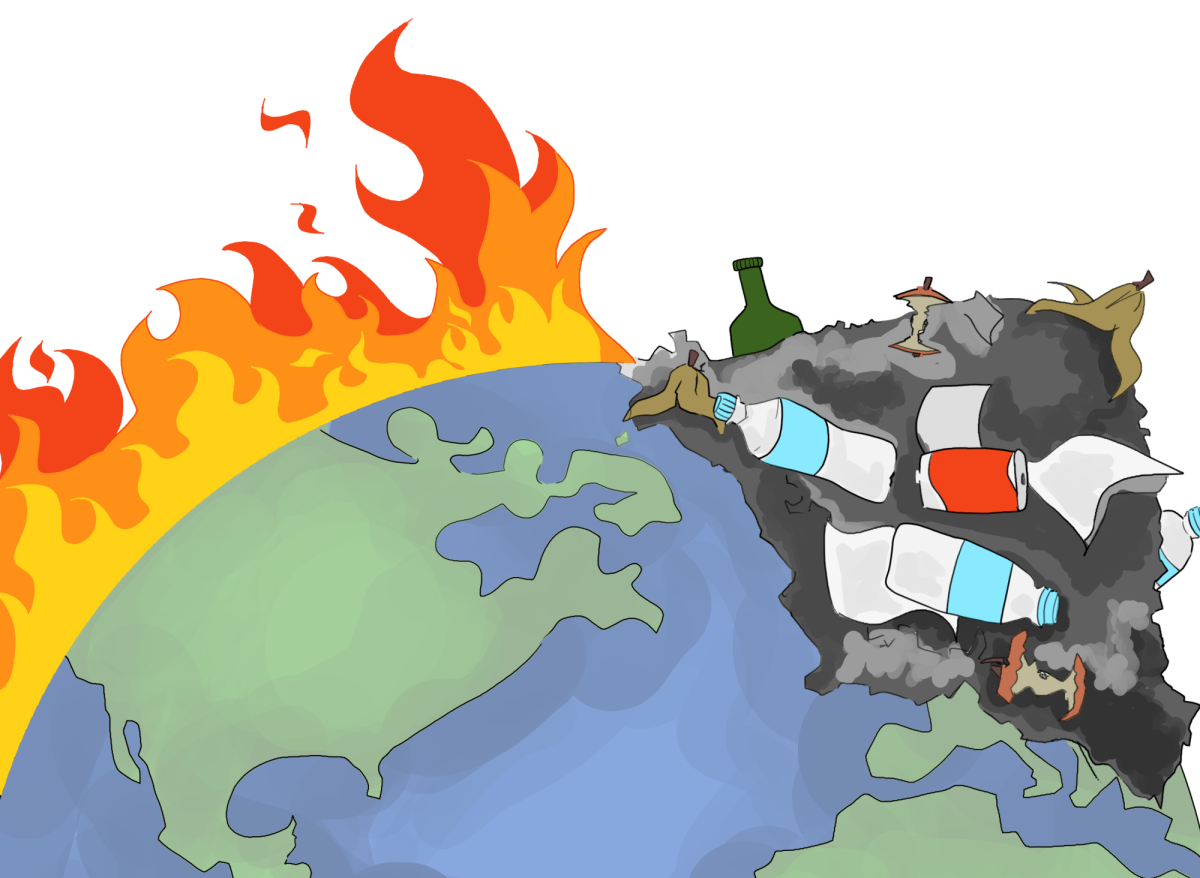


![[OPINION] The dark origins of TikTok's looksmaxxing trend](https://www.mvviewer.org/wp-content/uploads/2024/02/Copy-of-Copy-of-Untitled-Design-1200x675.png)









